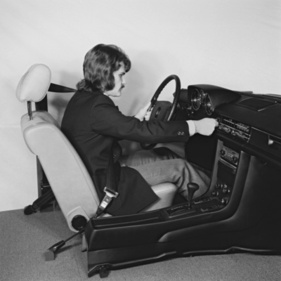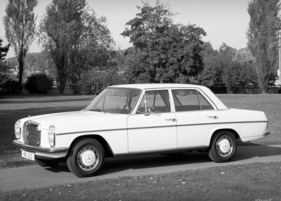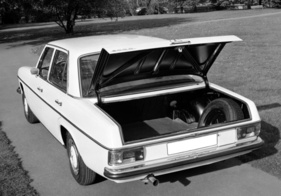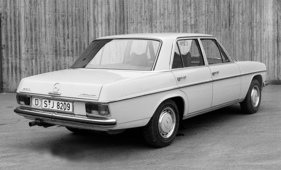Middle ground in the mid-size class - Mercedes-Benz 200 and 220 in (historical) test
Summary
The petrol four-cylinder engines were the superior middle ground between the diesel and six-cylinder engines in the Mercedes-Benz "Stroke Eight". Although the diesels were much more economical, the overtaking performance of the 200 easily surpassed that of the 220 D, and you had to pay a lot more for the six-cylinder models. This historical article examines the type and prices, and advises which of the many extras are worthwhile and which are not.
This article contains the following chapters
- Harmony in the standard chassis
- Shift gears or let it shift?
- Worthwhile extras and other
- mot overall verdict
- Plus points
- Minus points
- Technical data (values in brackets for 220)
- Shifting gears correctly
Estimated reading time: 13min
Preview (beginning of the article)
In 1969, Mercedes built 256,713 passenger cars. A third of these were diesel 200 D/220 D models. The 200 and 220 models with petrol engines only accounted for about half the number of corresponding diesels. The registration figures available for Germany for 1969 do not differentiate between gasoline and diesel within the 200 and 220 models. The approximate ratio: around 40 % diesel 200 D/220 D, around 20 % petrol four-cylinder 200/220, around 35 % six-cylinder 230/250 and 280 S/SE, 5 % for the 280 SL, 300 SEL 3.5/6.3 and 600 models. Does Mercedes live from diesel? Let's put it bluntly: without diesel, Mercedes delivery times would be considerably shorter.
Continue reading this article for free?
Photos of this article



















































